Giving employees access to tools while onboarding is an important task for IT admins. Multiple ways to onboard new employees, like SMPs and SSOs, provide a seamless experience.
Today, an employee in a mid-size company, on average, uses over 100 apps.
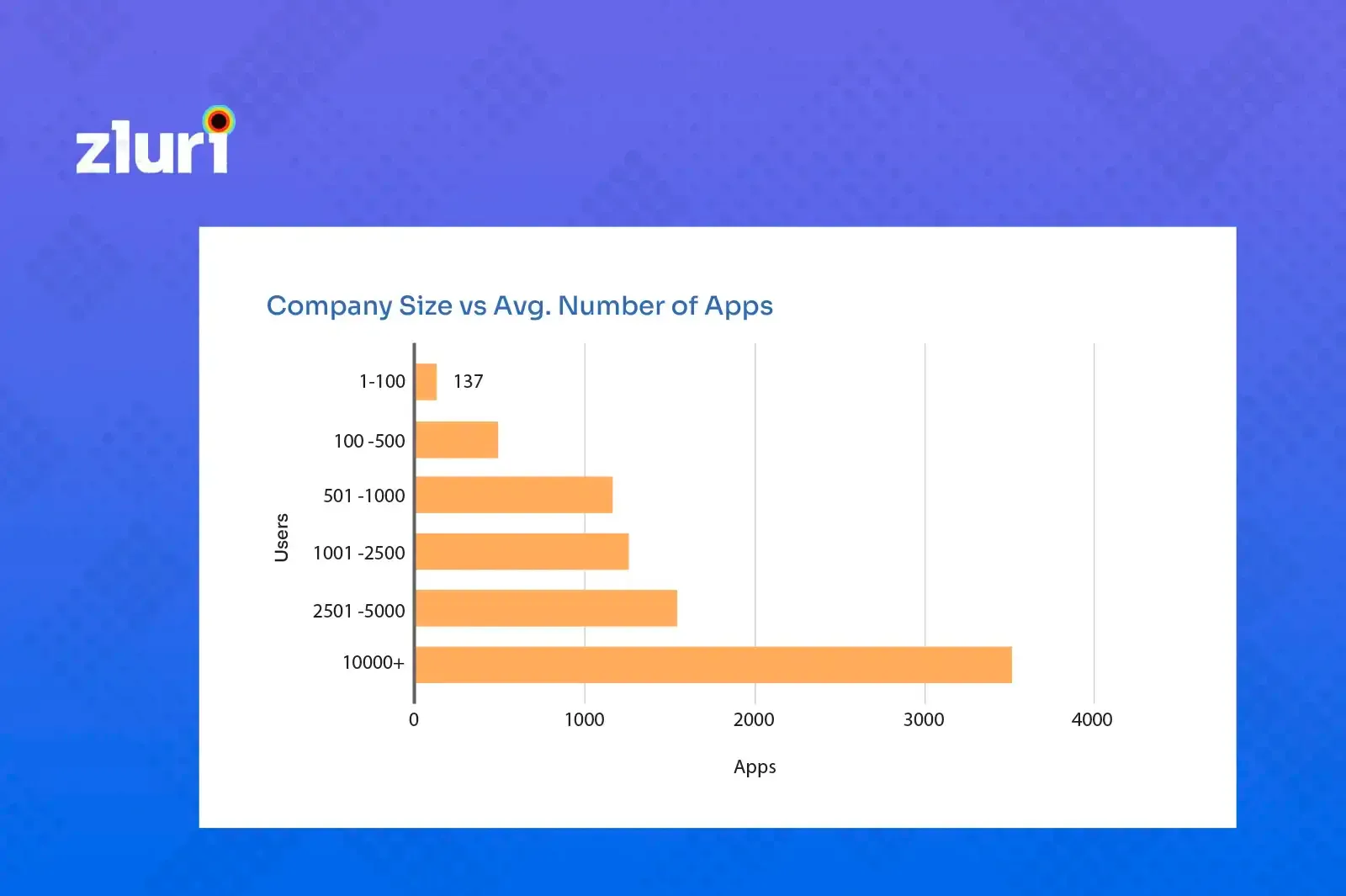
This is a very time-consuming and repetitive process. Here comes the automation process that makes it easy and convenient for IT teams to give access to these SaaS tools while onboarding.
Provisioning SaaS Tools to New Employees: 4 Ways
There are four methods available for provisioning tools while onboarding.

Survey Results for The State of SaaS Management 2022
1. Manually Giving Access to Tools One-By-One
The first and easiest way is to give the new joiner access to SaaS tools from the SaaS app admin panel. This requires you to know their department and title. You can prepare for this by discussing with the reporting manager in advance of what tools the new joiner will require.
Though this process seems simple, but can quickly become complex as the company size grows. For a company with over 200 employees, this is not the best use of IT admins time.
You may not know all the tools they will require. And so you will give them access to these tools only when requested by the employee. This can be a frustrating experience for the new employee.
They may also sign up for a new tool to complete their tasks quickly. This doesn't only give rise to shadow IT but may pose security risks as well.
2. Single Sign-On Tool
You can also use a single sign-on (SSO) tool, like Okta or OneLogin, to give access to apps to new joiners.
It has many benefits over doing it manually. First, you can give access to many apps at once. You don't need to do it one by one for all the SaaS tools.
Another benefit of using SSO for giving access to SaaS tools is that it is relatively more secure than spreadsheets. SSO eliminates the need for passwords to login into various SaaS applications.
It is also convenient for employees as they do not have to enter their username and password to login into various apps.
But note that there are some major drawbacks of SSO as well. The biggest drawback while automating provisioning tasks is that not all SaaS apps can be connected to your SSO.
Using an SSO, you can give access to only 30% (approx) of the required SaaS tools.

3. SaaS Management Platform (SMP)
Not only does a SaaS management platform (SMP) completely automates the SaaS provisioning process, it can help you with setting up governance around SaaS management, save cost on SaaS tools, secure your SaaS stack, and help you stay compliant.
We will explain why using a SaaS management tool is the best solution for this task using our own tool, Zluri, an SMP.
With an SMP, you can onboard new employees hassle-free on day 1. So, they need not wait for days or weeks to get the tools required to do their job.
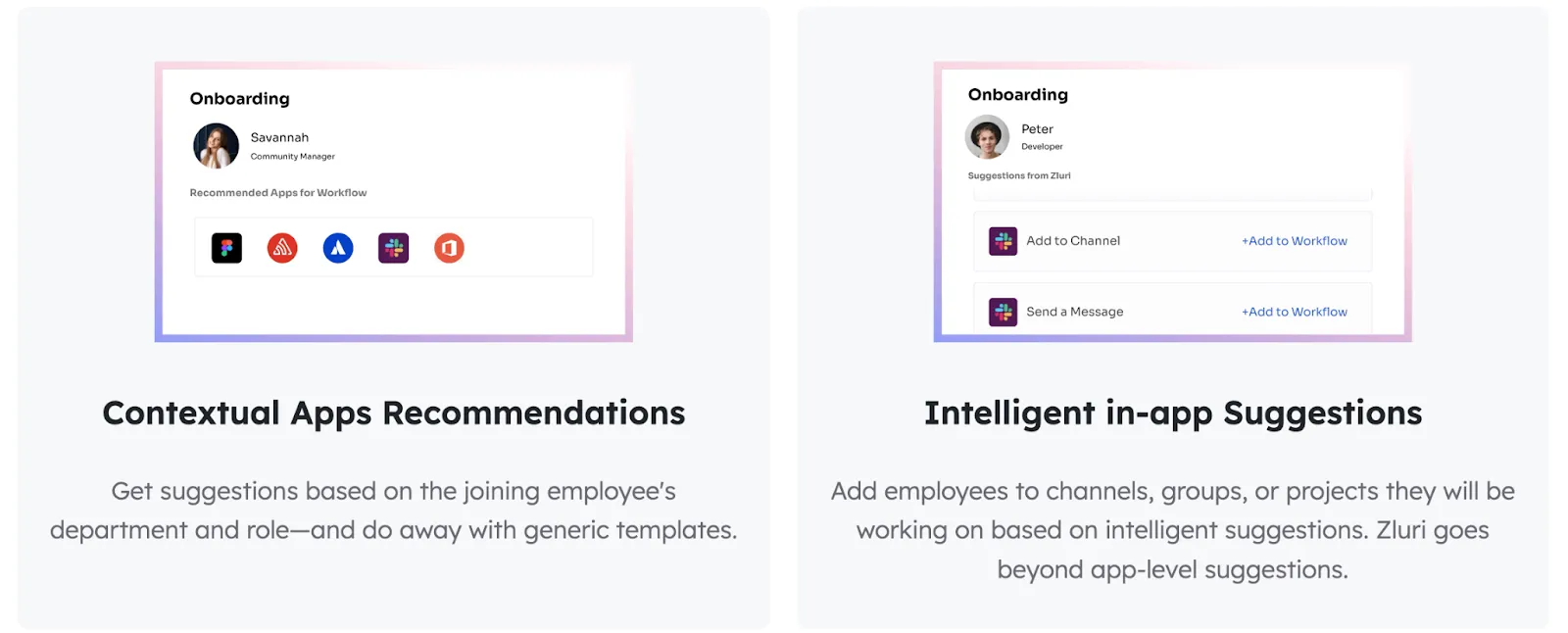
First, it discovers all the SaaS tools in your organization. It automatically uncovers all the software apps used by anyone in the organization, so you don't need to do it manually or via employee surveys.
With over 225,000 apps in its SaaS library, and 9 SaaS discovery methods, Zluri builds a SaaS inventory and keeps it updated.

Zluri’s nine discovery methods
You can read about the working of Zluri's SaaS discovery engine here.
Note that building and keeping an updated list of all the SaaS tools used in your organization is the fundamental step in automating the SaaS provisioning process.
Unless you have an inventory of your SaaS tool, you can never be sure that you have given access to all the tools to the new person. There are high chances something is left and will be a bad experience for the employee.
Next, you can create onboarding and offboarding workflows to automate the SaaS provisioning process.
Zluri gives app suggestions based on their seniority and department when creating onboarding workflows.
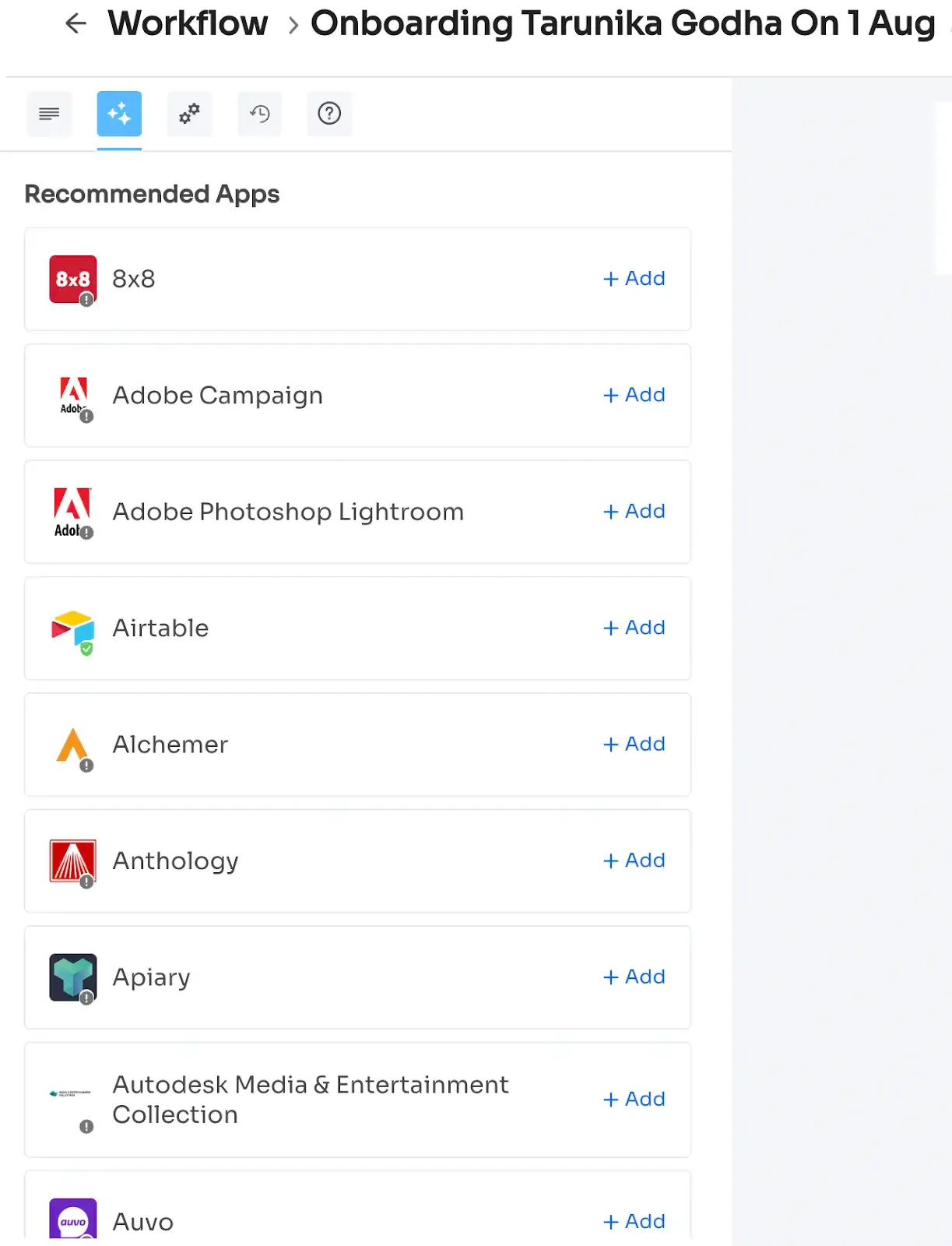
Zluri's recommendations are not limited to just apps; they also give in-app suggestions, like what project, channels, and groups to add them.

Further, you can save these workflows as playbooks. The next time a new employee joins at the same role, you can just run the playbook.

Onboarding Playbooks - Zluri
Zluri is a very powerful tool to automate the task of giving access to SaaS tools.
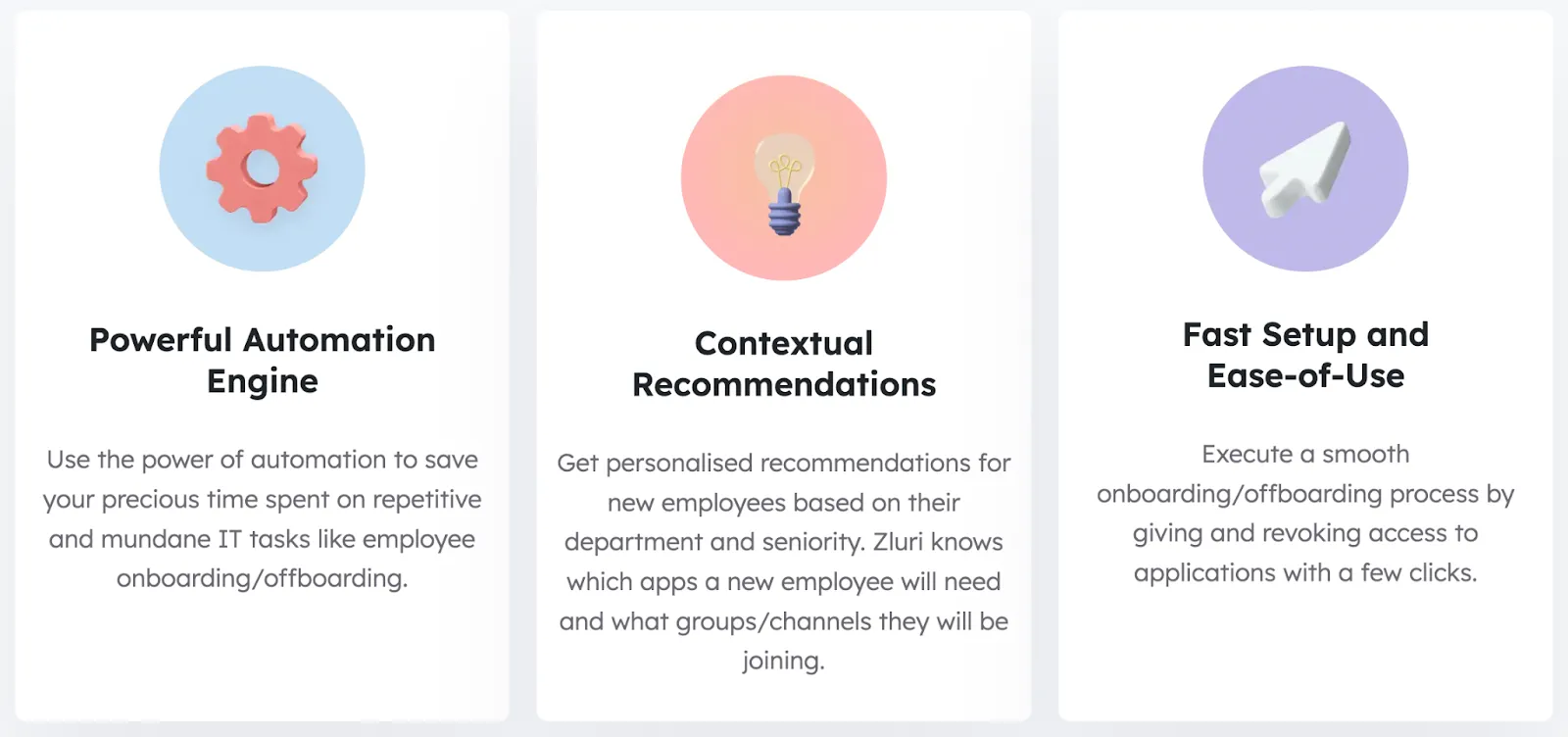
See a review from one of our customers on the Zluri automation engine.
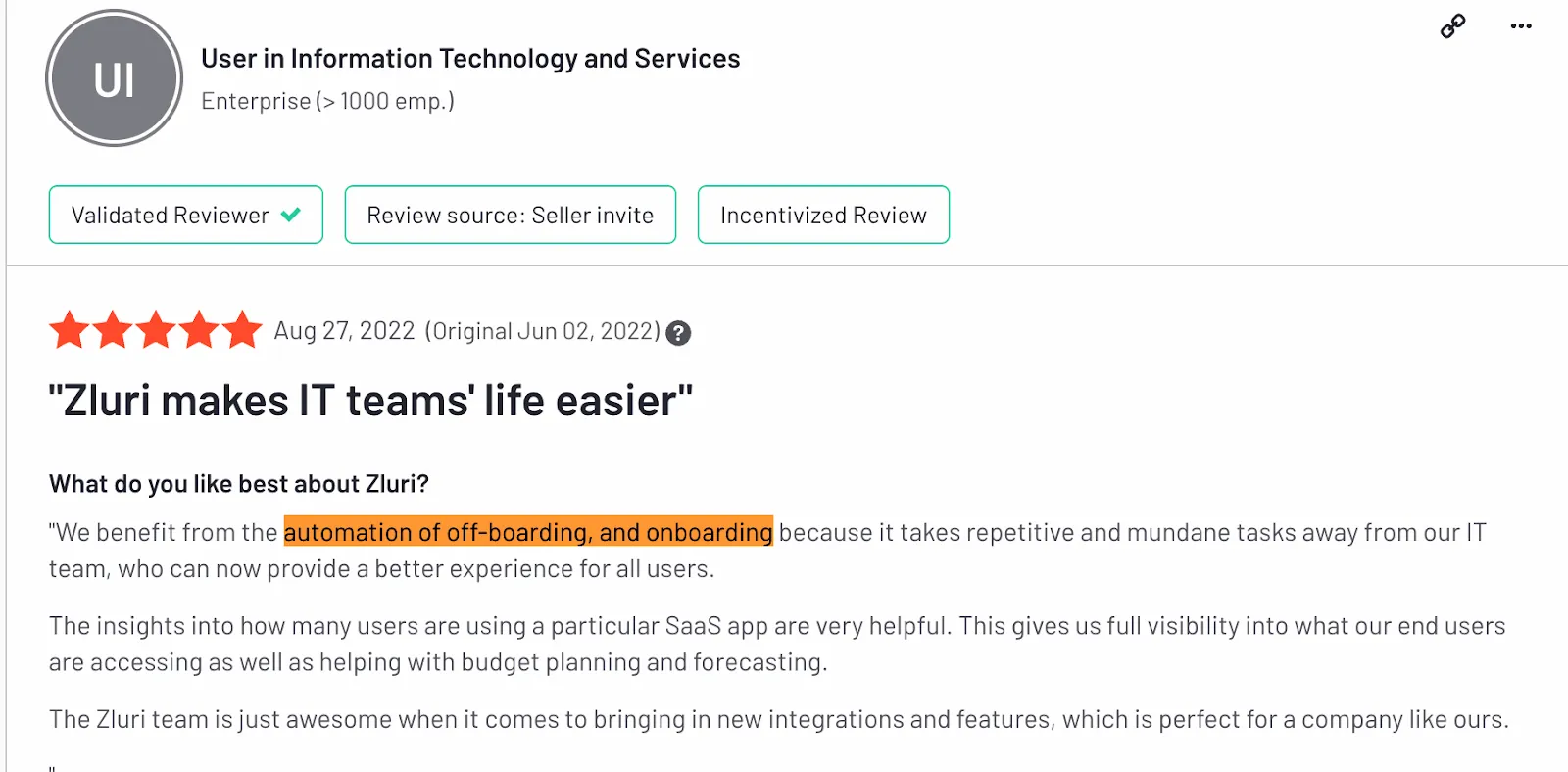
4. Use Zluri's App Catalog & Access Request
A Self Serve Model that Gives Employees Flexibility to Choose their Apps With Guardrails
App Catalog & Access Request is a self-serve model made to automate the whole SaaS access management process. With Zluri's App Catalog & Access Request, you can automate your SaaS approval process and assign apps and licenses hassle-free without making your employees wait forever.
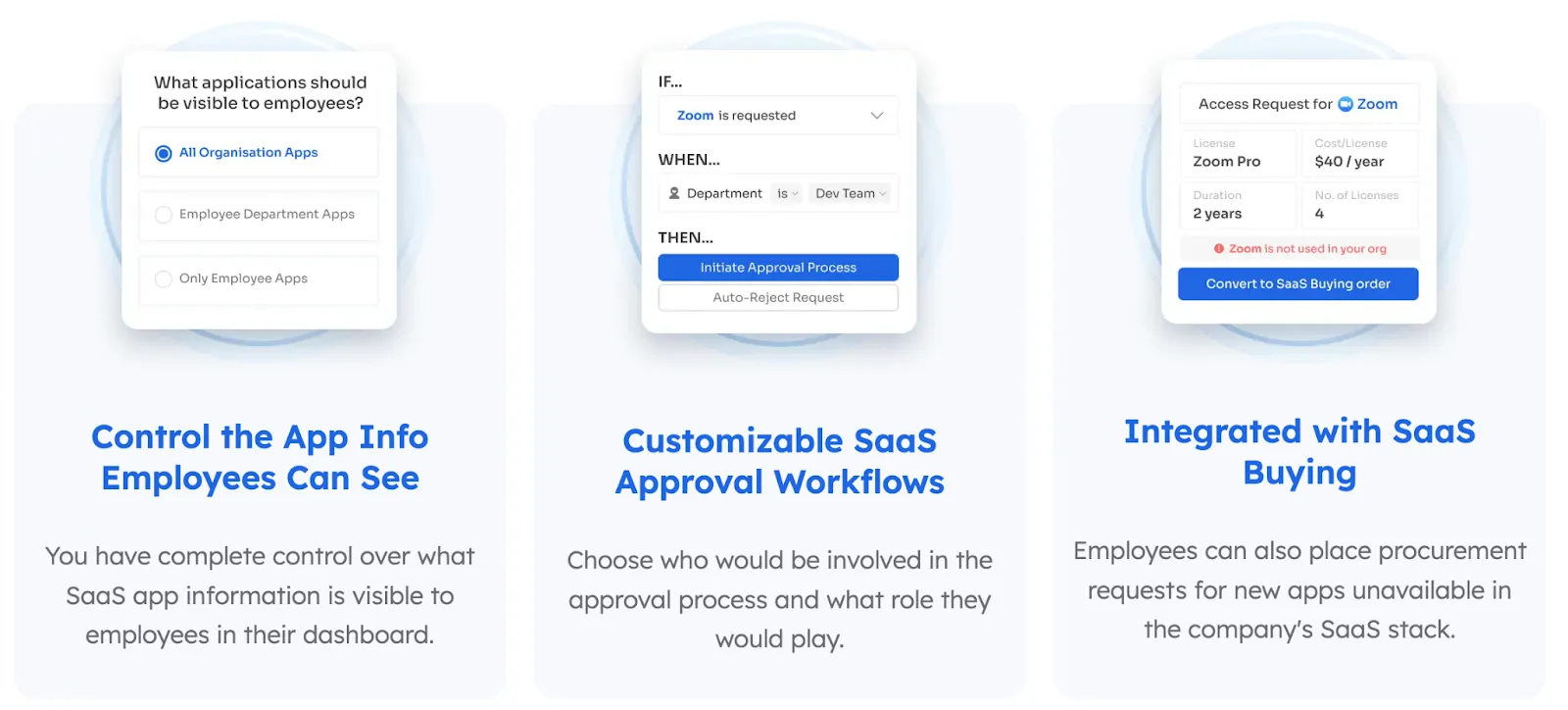
With the App Catalog & Access Request, you get the following benefits:
- Decentralize SaaS procurement decisions: Employees get information, such as security & compliance details and app alternatives that help them make informed SaaS purchasing decisions that reduce research and evaluation time.
- Keep the employees updated: The employees get real-time updates on their apps or license requests. Additionally, the comments for approval, disapproval, or clarification needed are visible to the requestors, improving transparency in the approval process.
- Keep SaaS sprawl in check: You can prevent SaaS sprawl by making it easier for employees to choose apps of their choice and by giving them quick access to SaaS apps. Moreover, since you have visibility into all SaaS purchases, this eliminates shadow IT.
- Save time on repetitive tasks: With custom SaaS workflows, you no longer need to deal with hundreds of SaaS requisition, approval, and revocation tickets. App Catalog & Access Request helps you focus on strategic work, which otherwise would have been wasted on repetitive SaaS approval tasks.
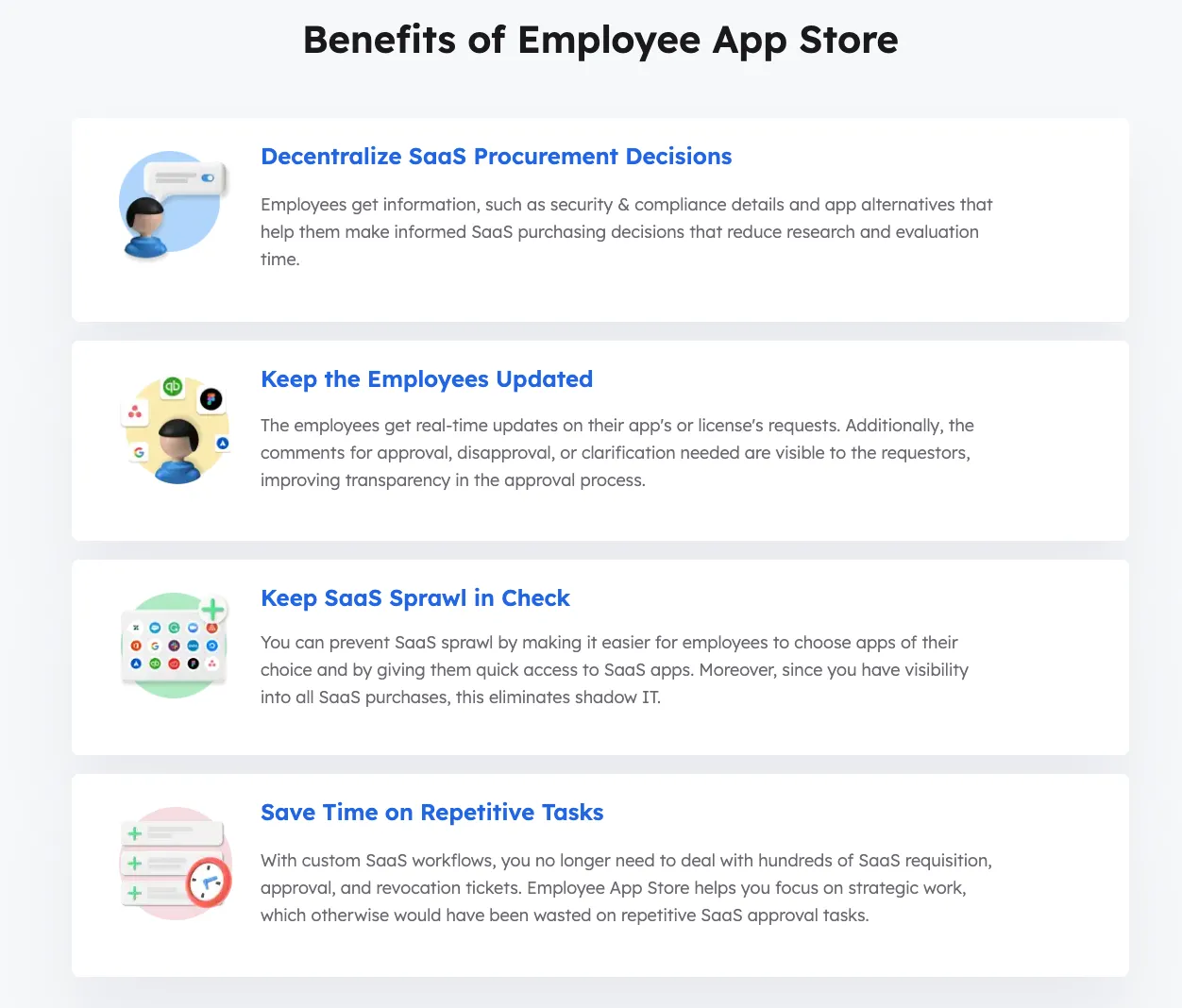
Nowadays, everyone wants everything on the go to save time and use the SaaS conveniently, not to interact with team members again and again. This model concept is not so new as it’s like self-Service in ATMs.
You can read details about Zluri's App Catalog & Access Request in this article.
Book a Demo for App Catalog & Access Request









.svg)





















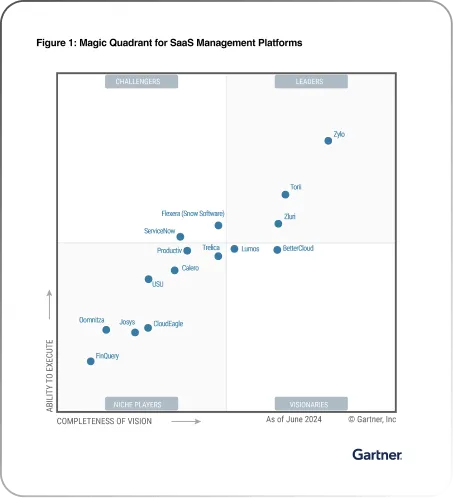







.webp)







.webp)
.webp)





.webp)